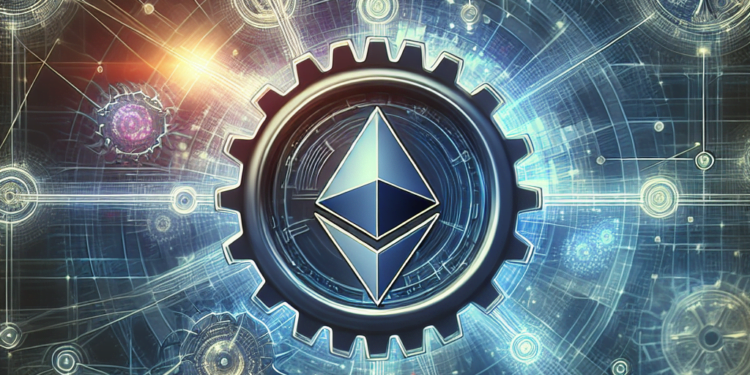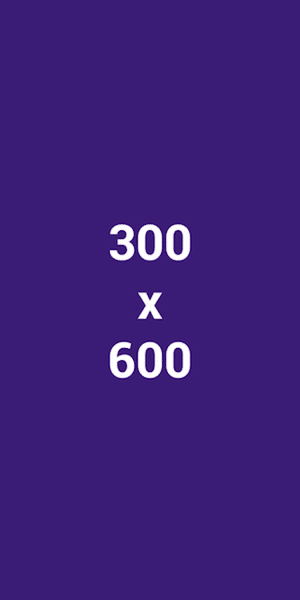In the ever-evolving ideology of decentralized finance, Ethereum has emerged as a superstar. As it’s a platform that encourages and nurtures smart contracts and decentralized applications (DApps) to be developed and run without any meddling, fraud, control, or interference from a third party, Ethereum is definitely redefining the way we view blockchain technology. So, let’s take a deep dive into the world of Ethereum!
Understanding Ethereum
While bitcoin is widely known as an alternative to conventional currencies, Ethereum is much more than just a currency. It’s more akin to a software platform that allows developers to build and deploy their own cryptocurrencies and DApps. The cryptocurrency native to the Ethereum blockchain is called Ether (ETH), which is used primarily for two purposes: as a digital currency, just like bitcoin, and is used inside Ethereum to run applications and monetize work.
Smart Contracts and DApps
The heart and soul of Ethereum are the smart contracts and DApps. A smart contract is a programmable contract that self-executes when specific conditions are met. It eliminates the need for a middleman, making the transaction process more efficient and less prone to manual errors. Developers can create and deploy DApps on the Ethereum platform. These can be anything, from games to decentralized exchanges and more, all enjoying the perks of blockchain, such as security, permanence, and openness.
Ethereum’s Influence on the Blockchain Space
Ethereum has considerably influenced the blockchain realm. With its introduction in 2015, Ethereum brought along smart contracts that completely transformed blockchain applications. It enabled the potential of blockchain technology to create a new league of apps known as DApps, expanding the reach of blockchain beyond just being a platform for cryptocurrencies.
Moreover, Ethereum has spearheaded the initial coin offerings (ICOs) movement. ICOs are a method used by many blockchain projects to raise capital. Through ICOs, projects release a native token on Ethereum, which investors can purchase. Ethereum’s easy-to-write smart contracts have facilitated the creation and exchange of these tokens.
Lastly, Ethereum has inspired the advent of a revolution in financial services – DeFi or Decentralized Finance. DeFi refers to the use of blockchain, specifically Ethereum, to remove intermediaries in financial transactions. For more about this trend, check out the DeFi Daily News.
Forking: Evolution of Ethereum
Like any other technology, Ethereum also learned, adapted, and evolved. Various factors led to the forking of Ethereum into Ethereum (ETH) and Ethereum Classic (ETC). These forks were created to implement vital changes to the Ethereum system while preserving the original ideology of Ethereum.
Ethereum 2.0: The Future of Ethereum
As Ethereum faces challenges concerning scalability, security, and sustainability, the emergence of Ethereum 2.0 seeks to address these issues. Ethereum 2.0 or Eth2 is an upgrade that aims to enhance the capacity of the network and boost its security.
Conclusion
In essence, Ethereum has opened a world of opportunities in the blockchain space. The platform allows developers to exploit the benefits of blockchain technology fully. It goes beyond just offering a digital currency by providing a platform for DApps and smart contracts, thereby creating a variety of uses that extend beyond the financial world. While it is continually evolving and growing, Ethereum has already significantly impacted the blockchain landscape. It has truly demystified the uses of blockchain technology.
Frequently Asked Questions
What is Ethereum?
Ethereum is a blockchain-based software platform that enables the development and deployment of smart contracts and decentralized applications (DApps).
What is Ether (ETH)?
Ether (ETH) is the native cryptocurrency of the Ethereum platform. It’s used as a digital currency and also inside Ethereum to run applications and monetize work.
What is a smart contract?
A smart contract is a self-executing contract where the terms of the agreement are written in code. It is stored and replicated on the blockchain, and the transactions that it executes are trackable and irreversible.
What is a DApp?
A DApp, or a decentralized application, is an application that runs on a peer-to-peer network of computers rather than on a single computer.
What is Ethereum 2.0?
Ethereum 2.0, also known as Eth2, is an upgrade to the Ethereum blockchain. This upgrade aims to improve the speed, efficiency, and scalability of the Ethereum network.





![How Would BLOCKCHAIN VOTING Work? [How Close Is The United States?] How Would BLOCKCHAIN VOTING Work? [How Close Is The United States?]](https://i1.wp.com/res.cloudinary.com/glide/image/fetch/https%3A%2F%2Fi.ytimg.com%2Fvi%2Ftl5XZQjfHxI%2Fmaxresdefault.jpg?w=75&resize=75,75&ssl=1)













